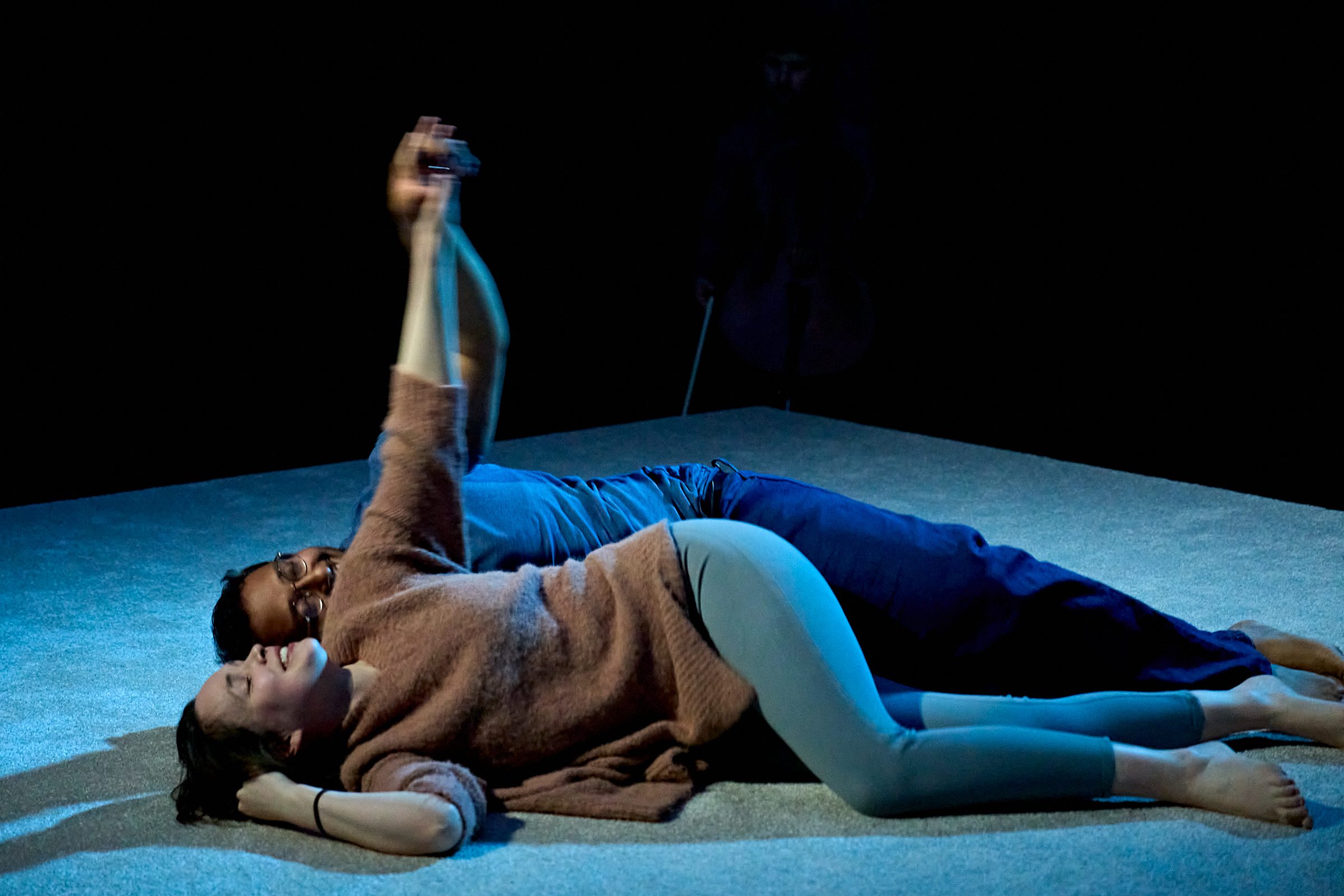Michael Coveney: Still more on Mormon as The Lady Vanishes
First, Henry Hitchings in the Evening Standard, occupying the paper’s main leader and comment page, discussed the show’s joyousness, tunefulness, and filthy irreverence but also pointed out two salient factors that might conspire to undermine boffo box office success: there are no “names” in the cast and, even more worryingly, the leads come from the American touring production; and the show won’t score heavily, he reckons, with the family audiences all long-runners depend on.
This is well observed, because although some critics (not me) thought Jerry Springer: The Opera was wonderful and would run for ever, it flopped badly in the West End – and not necessarily because it was blasphemous – proving that what goes down a bomb for an hour or so on the Edinburgh fringe simply doesn’t translate into popular musical theatre magic.
And Mormon is aimed, obviously, at the Jerry Springer audience, just as were other quirky New York imports such as Avenue Q and Spamalot, both huge on Broadway. Spamalot is a good example of a slightly off-colour, clever-clogs send-up of musical theatre that has possibly rivalled, though not equalled, its own Broadway success; the cult of Monty Python, amazingly, is still a massive one in the States.
The second big feature/review this weekend was by the estimable Matthew Sweet in the Telegraph on Saturday, who documented the current rage for musicals (dating his own “professional involvement” from when he sold ice-cream in the stalls at Tell me On A Sunday) as a sort of glorious death rattle; a decomposing art form was, he suggested, the source of its own monstrous vitality.
This is an ingenious line of argument, but will Jerry Springer be the new Gypsy, will Mormon be the new South Pacific? Only time will tell, but mainstream popular taste would have to undergo a seismic transformation for that to become the case. The point of Mormon surely is that it eschews and rejects popular taste and broad appeal, which makes all this heavily organised anxiety to please look a little silly. You can’t have your cake and it eat it, can you?
These thoughts are all prompted by the pre-publicity, but the proof of the pudding, as Brecht said… and that only comes with the experience of seeing the show for yourself, and I’ll be doing that tomorrow night, at last.
In banging the drum for Mormon, Sweet also manages to stick the boot into The Audience, which he dubs a good example of jukebox playwriting, “a work of such complacency that it makes Dreamcoats and Petticoats look like the Marat/Sade.” Sweet suggests The Audience is so “egregiously smug” that, with any luck, it will trigger the writing of the next Look Back In Anger.
And with that splendid broadside, he clears the decks to hail Mormon as the sharpest and most troubling play in town. It’s refreshing to read a critic taking an extreme radical position to demolish something like The Audience (which I admire very much indeed) instead of voicing the more usual reactionary response, viz Tim Walker’s hilarious branding of Peter Morgan’s effort as a left-wing disgrace.
The first good thing about Mormon, as far as I can glean, is that it’s not based on anything else. Most operas and musicals usually are, of course, as libretti tend to come from books or, increasingly, films. Looking at the BBC’s ingenious but ultimately second-rate new version of The Lady Vanishes on television last night, I wondered how long it might be before the Hitchcock brand is harnessed for something a little more substantial than, well, The Ladykillers.
This new Lady Vanishes went back to the source novel, Ethel Lina White’s The Wheel Spins, raising the stakes on Iris’s mental condition on the train where Miss Froy disappears. Tuppence Middleton – so good in The Living Room at the Jermyn Street Theatre – was a bewitching Iris (though not as bewitching as Margaret Lockwood in the Hitchcock movie, and her diction is far too sloppy), Selina Cadell a marvellous Miss Froy; but everything else the Hitchcok movie has in terms of charm, atmosphere and humour is lost in pursuit of creepy but clunky psychodrama.
And yet, if you think Kurt Weill and Lady in the Dark (once revived so beautifully at the National with Maria Friedman), you could just about imagine a psychological musical of comparable intensity and fascination. And with satirical updates, rude words and a thematically developed suggestion that the passengers on the train are members of a weird religious sect, you might even have a hit on your hands – Mormon Rides Again!










